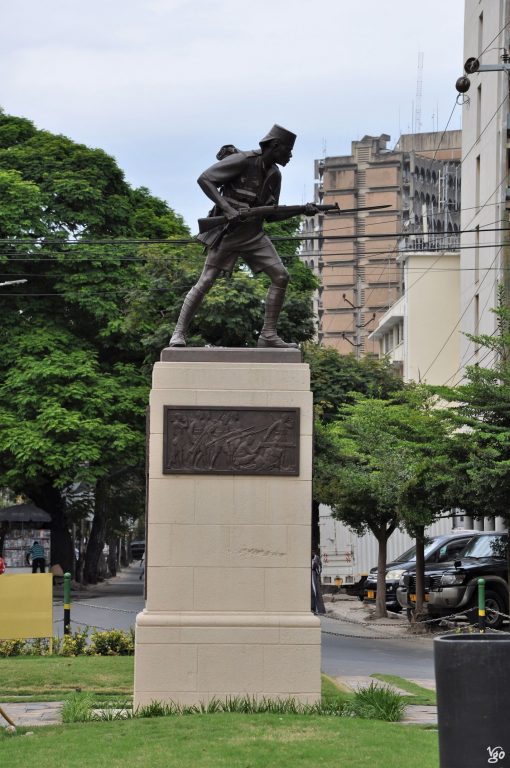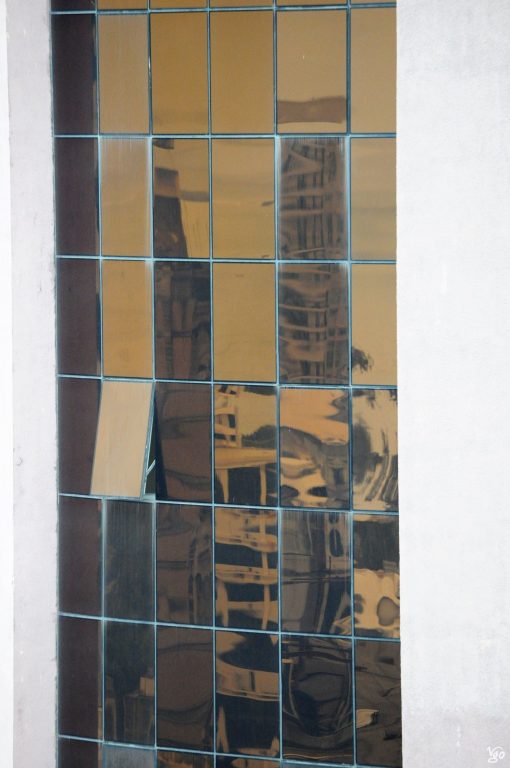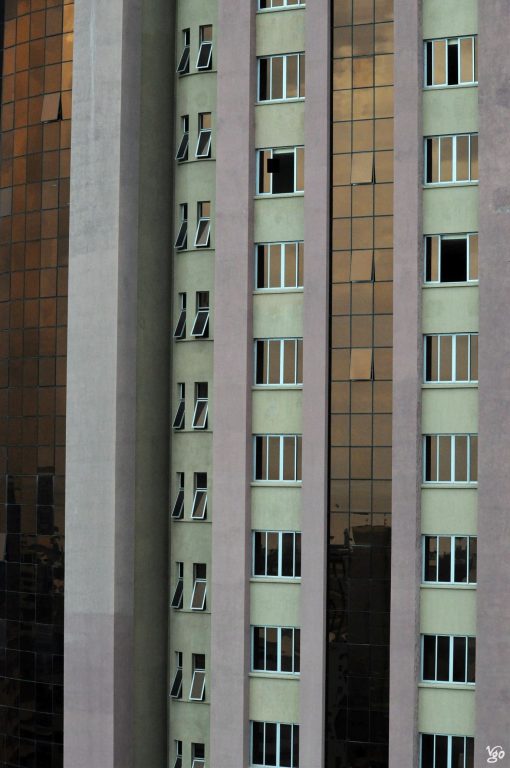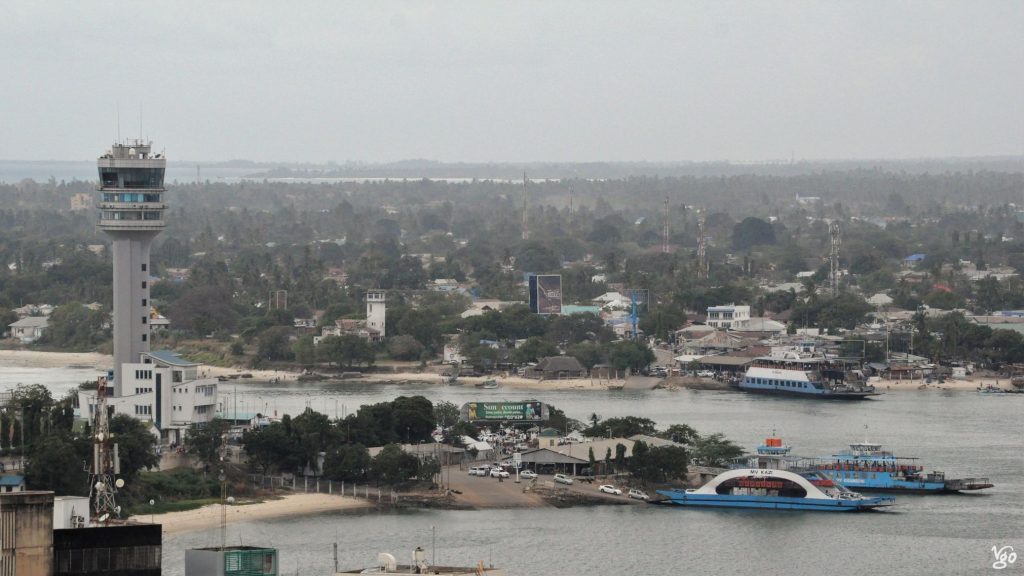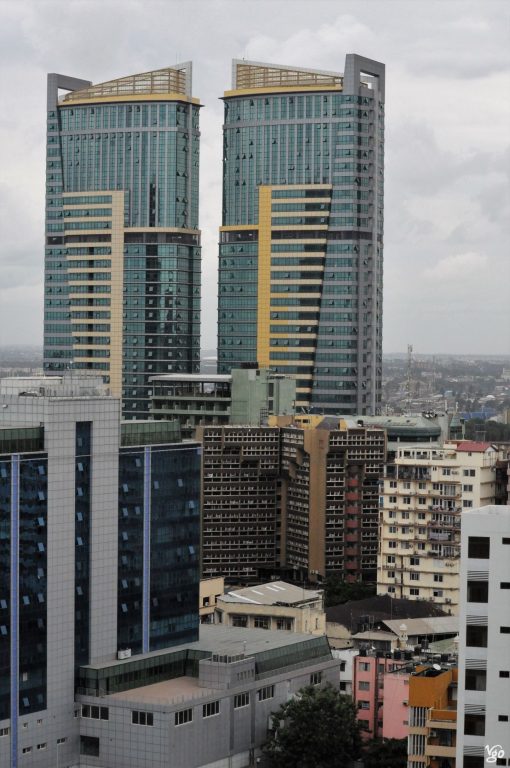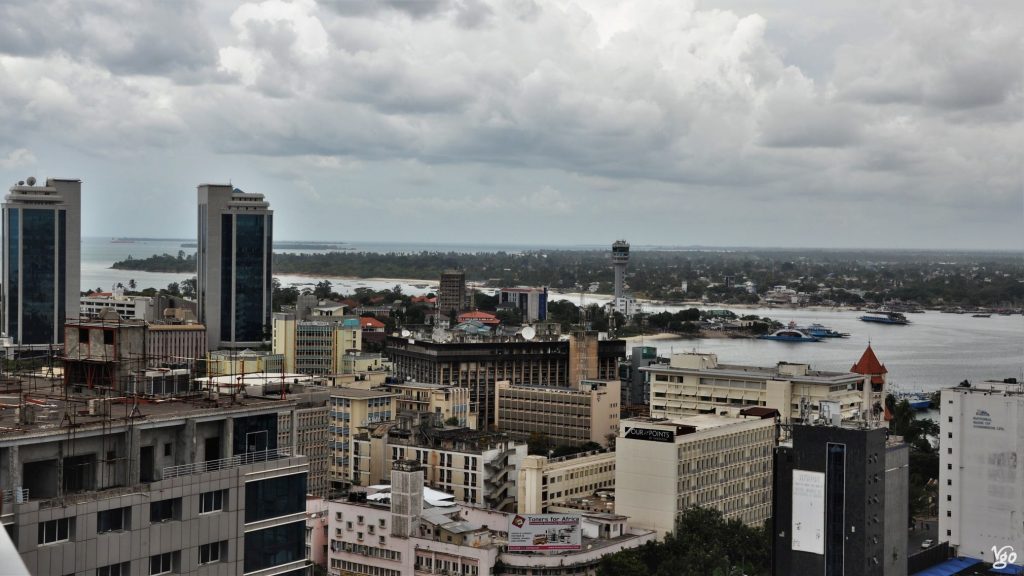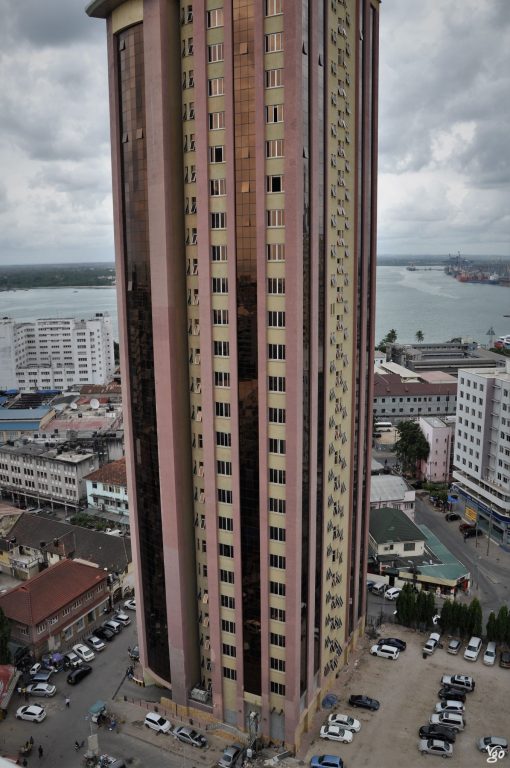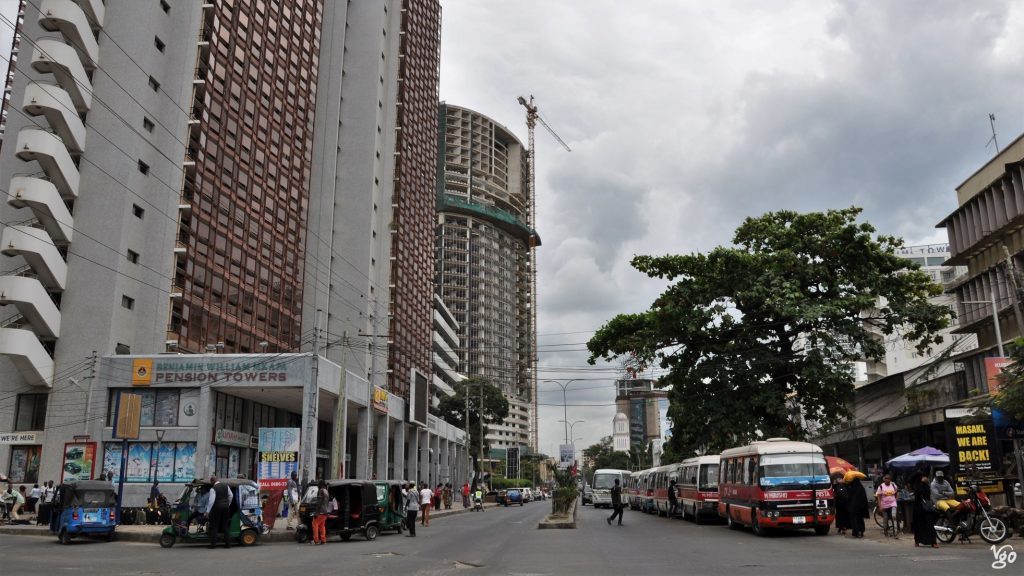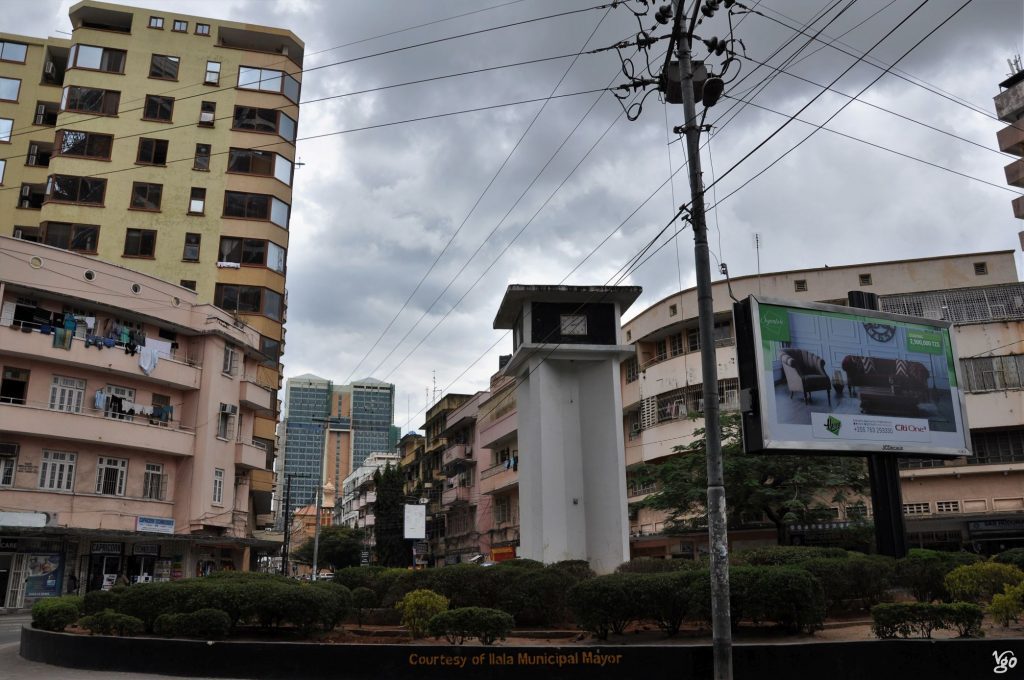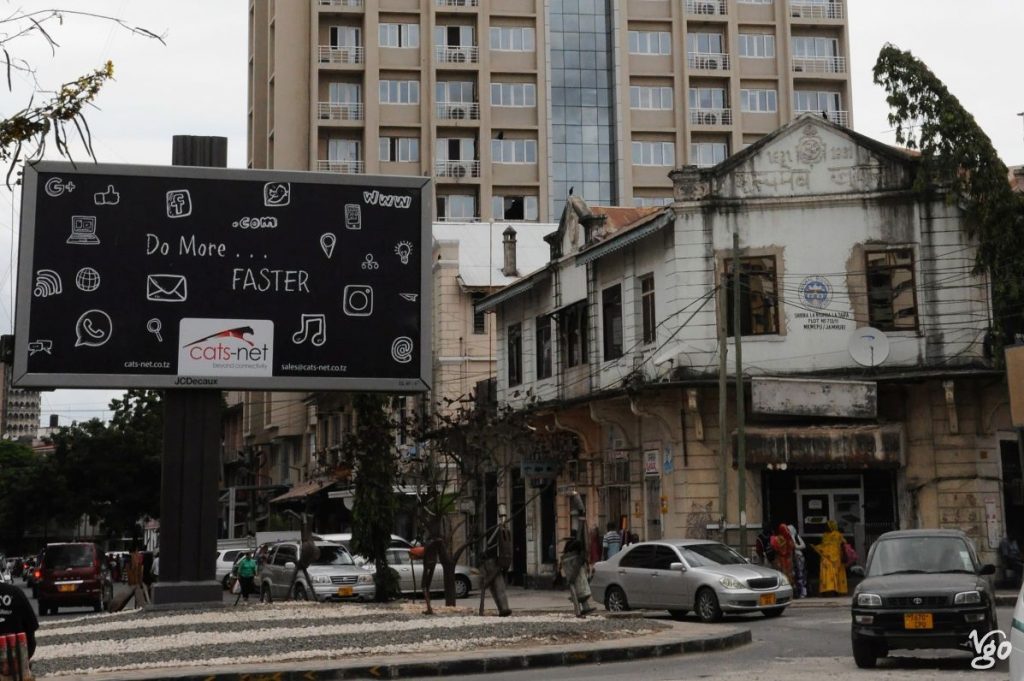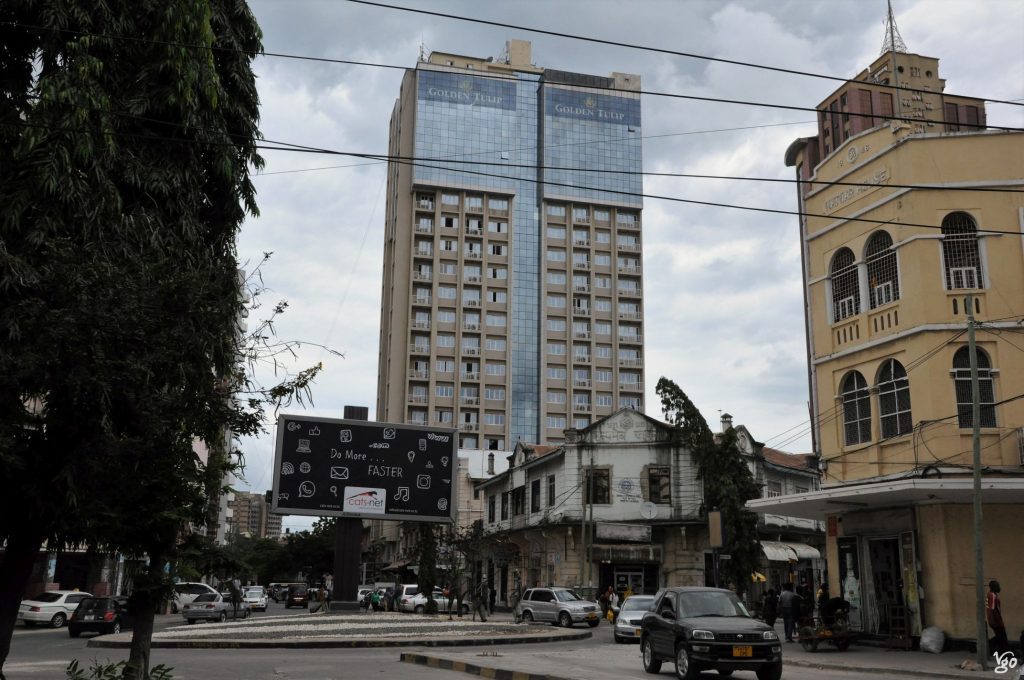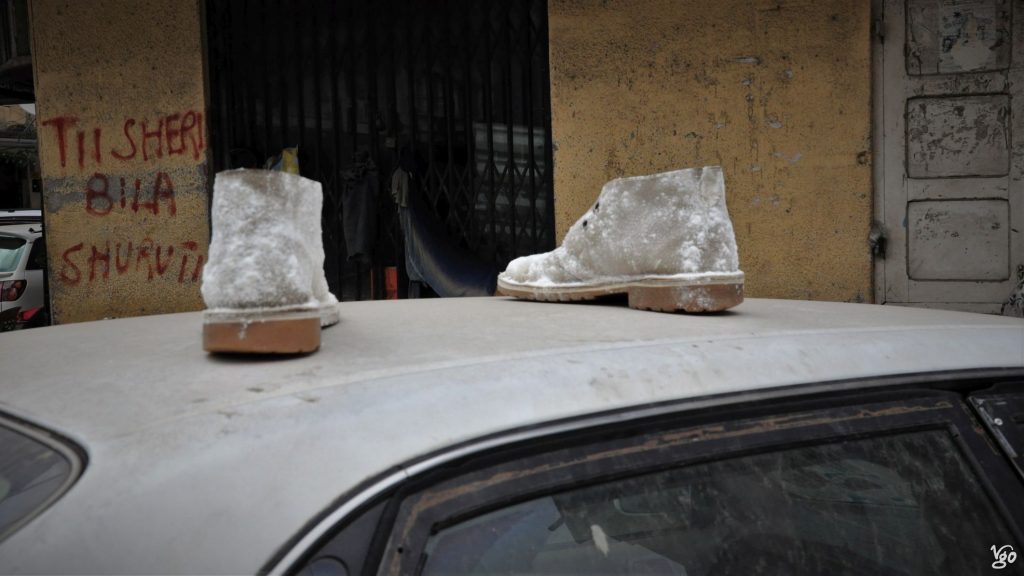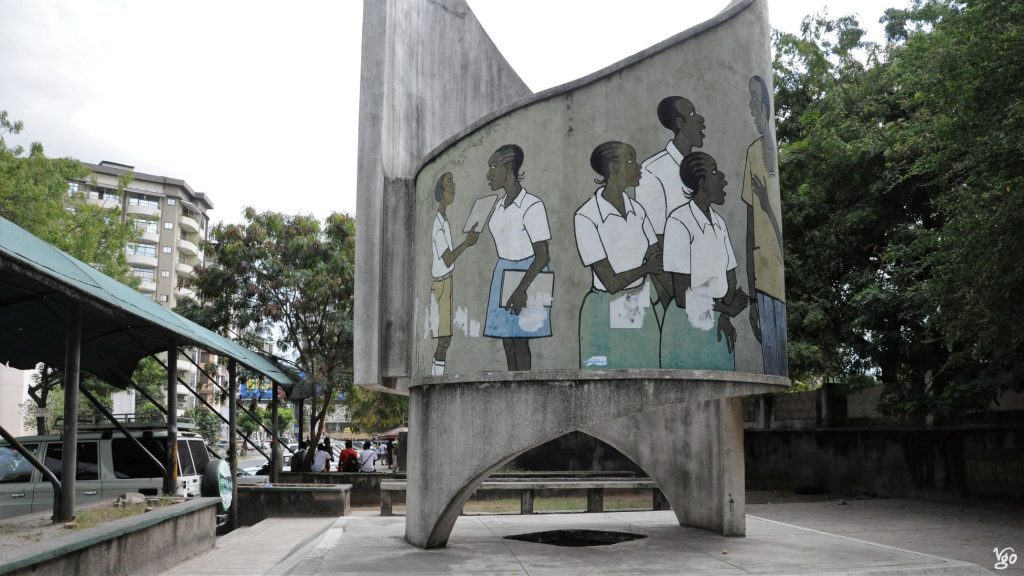Arriving at my hotel (Iris, in Livingstone/Kariakoo) at 4 a.m after two and a half days on the Tazara train, I slept for the better part of the day. Apart from that, my third time in Dar started as joyfully as the previous two (see here). I went out, happily strolling around some darkish streets, asking taxi drivers about the best place for dinner, and was rewarded with Rissa BBQ. Once again, I was full of joy watching local guests in colourful East African, Swahili or business attire, of Arab, Indian, African or mixed descent, all speaking kiSwahili with one another. As the head waiter greeted me warmly, I realized that I’ve encountered different forms of kindness on this journey. His was a very delightful, subtle one, tinged perhaps by his apparent Arabic background. He suggested I have red-snapper skewers and bread, and it was yummy. Two guys joined me at my table, and we had a great conversation about African-European matters. I love this place and its people!
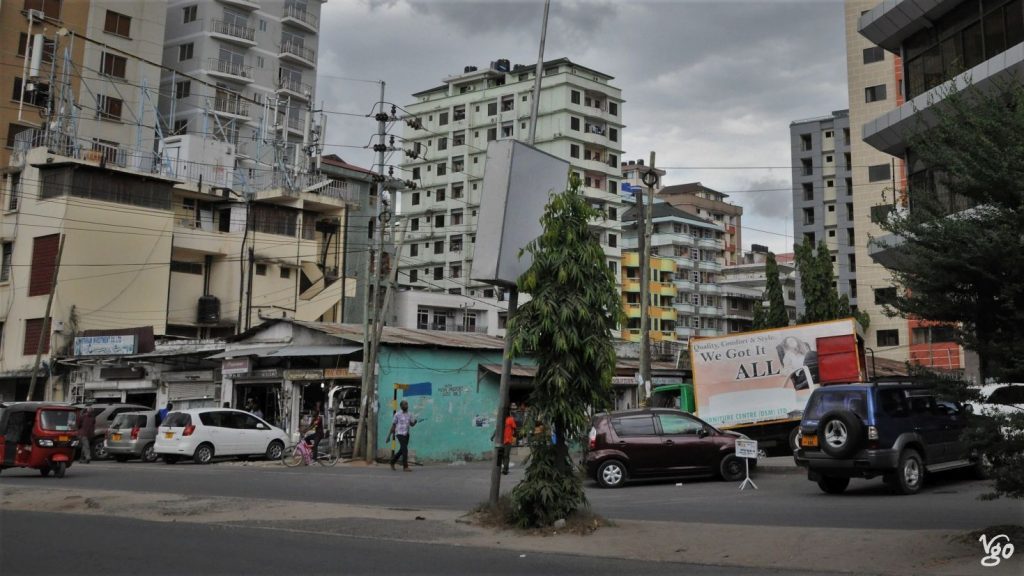
“We got it all”
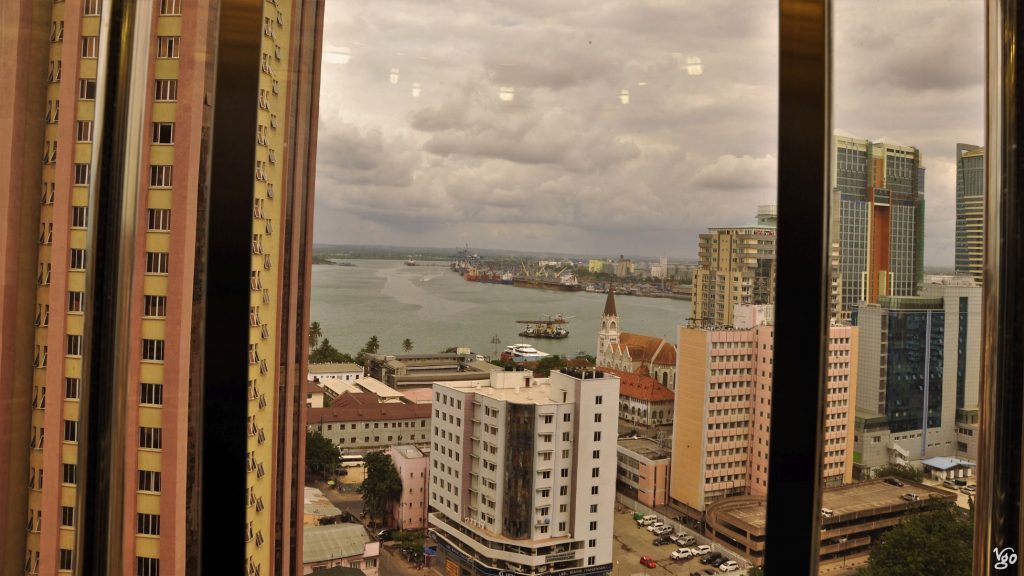
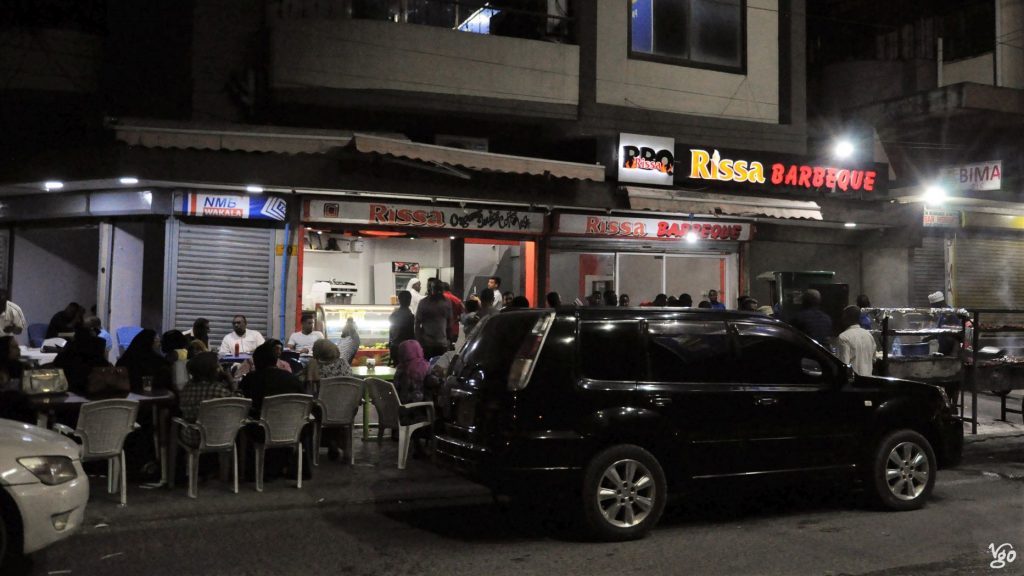
Although I personally feel very safe in Dar, I must add the story of a German backpacker couple who were robbed in here. I had heard a very similar story before, second hand though. This one now seems to confirm that tsotsis in Dar go about their job in a gentleman-like fashion. The two Germans took an Uber to the airport, and accepted that it was a minibus with 2 guys in it. Some time into the ride, 3 other guys jumped in, the ride ended in a small street, and they were robbed. Meaning, instead of simply taking their well-packed bags, the tsotsis carefully picked out the valuables (phones, cameras, …), but left clothes etc. Then they went to an ATM with their cards and took as much as is possible here (usually $200). Then they returned the cards! And gave the couple $100 so they could carry on with their journey! In Jo’burg you’d cosider yourself lucky to be left alive …
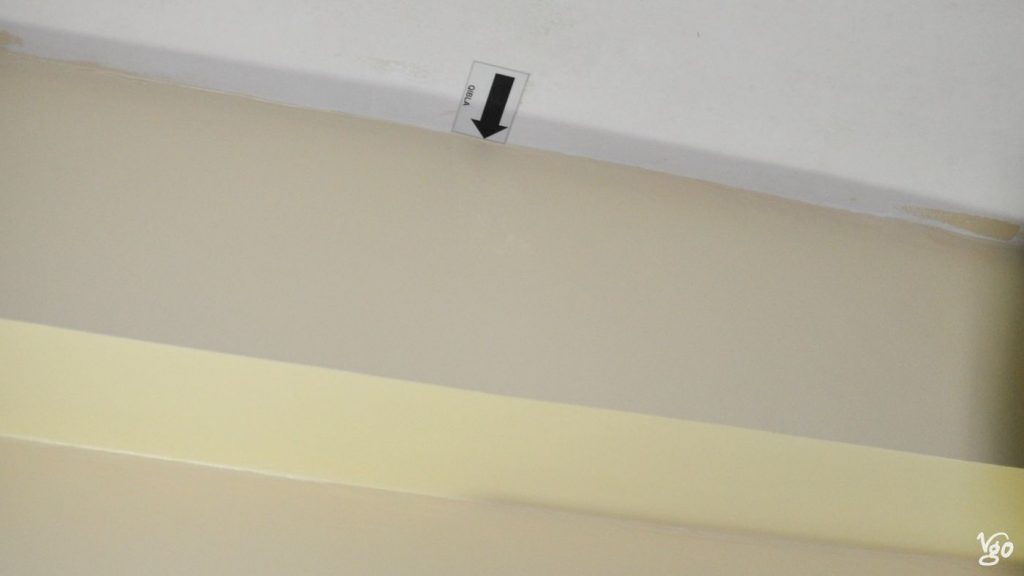
directions for prayer (qibla) in my hotel room
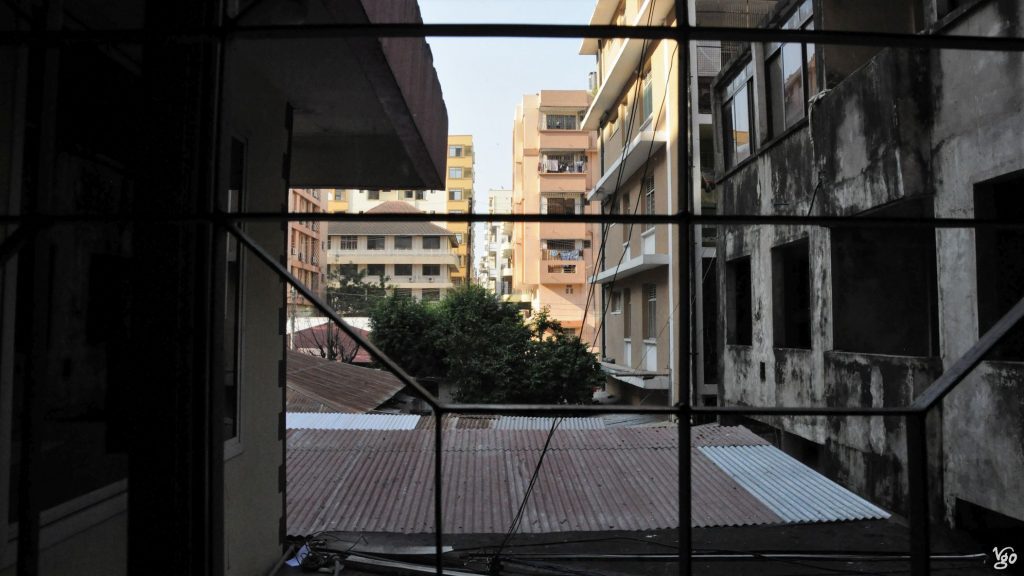
mixed ambience outside my room
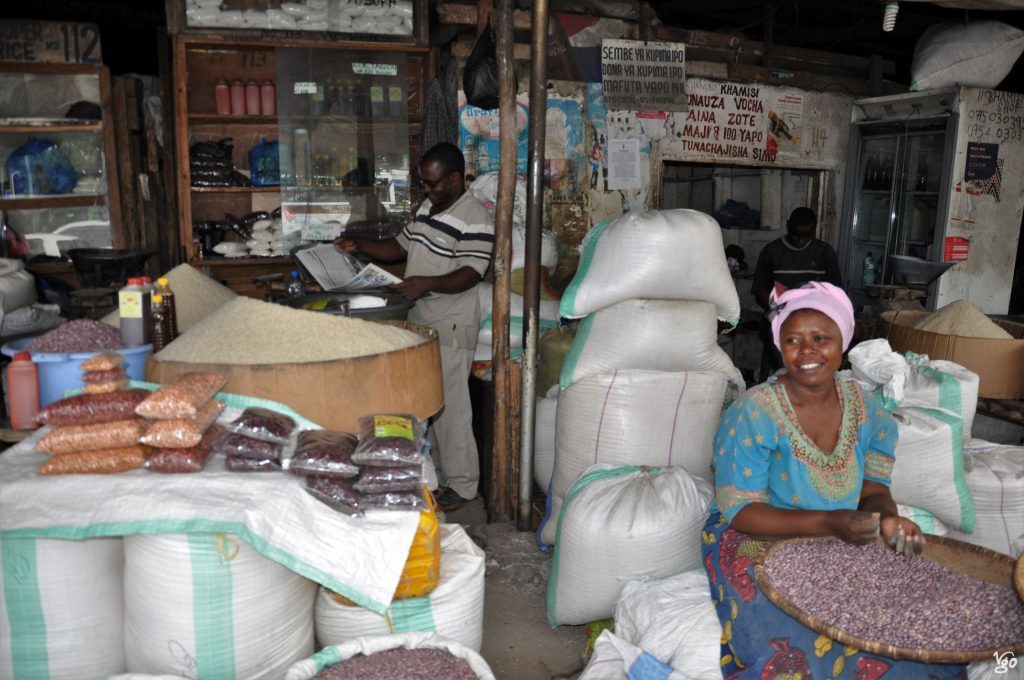
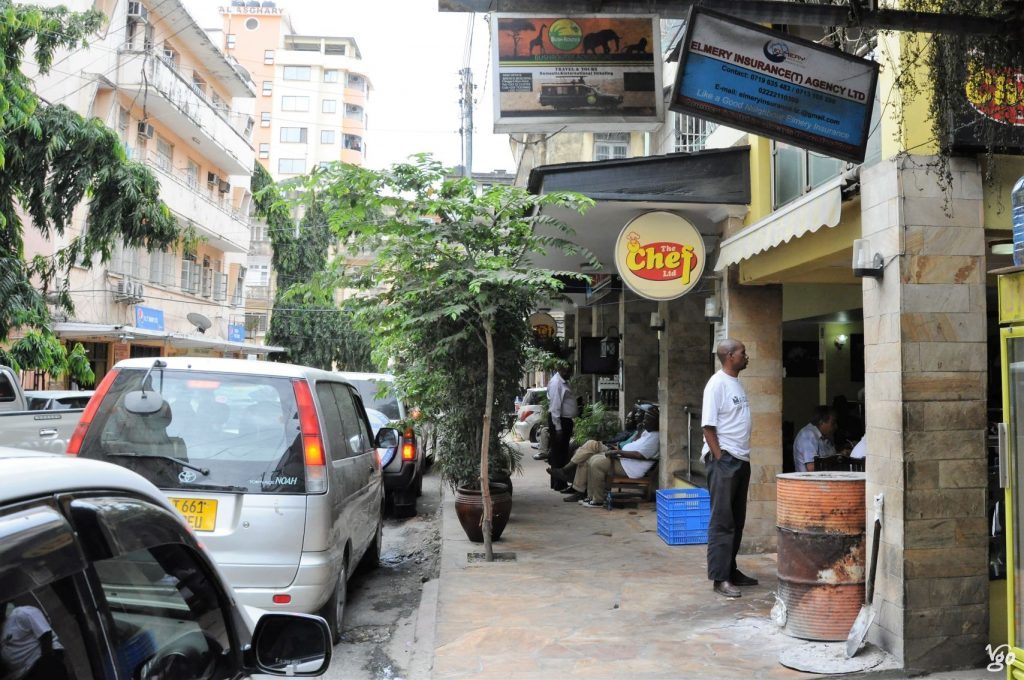
Chef’s Pride, one of my favourite restaurants
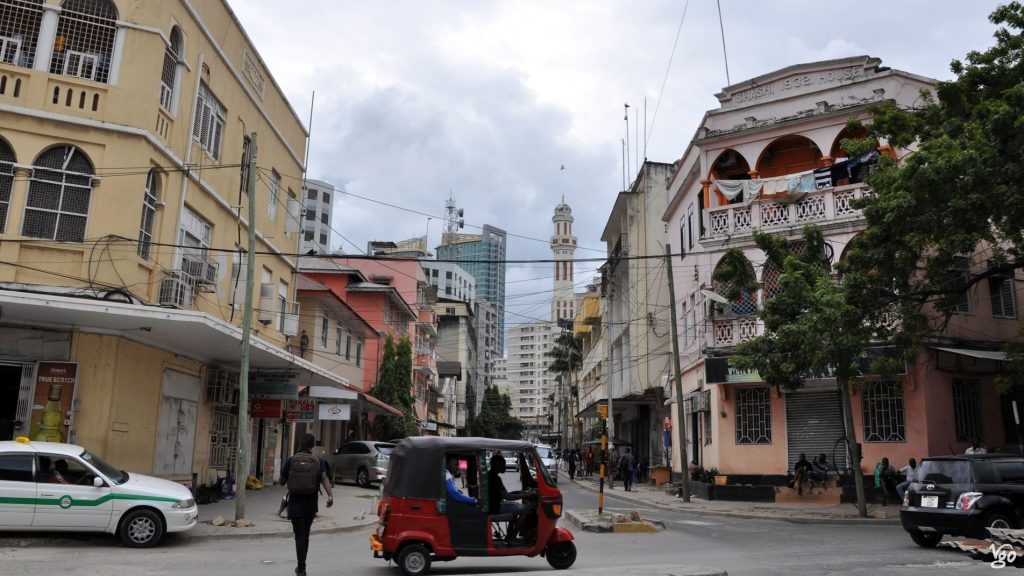
This time round I managed to go on an extended photowalk through downtown Dar, and I very consciously practised my confidence in approaching people and to take pics among people of very different social standing, rich and poor. With the help of a guy from whom I’d bought a really nice shirt, I made it up to the 20th floor of one of the highrises (do that in downtown Jo’burg: walk around with your camera out in the open, and follow a guy you don’t know through some courtyards and up to a rooftop … good luck!).
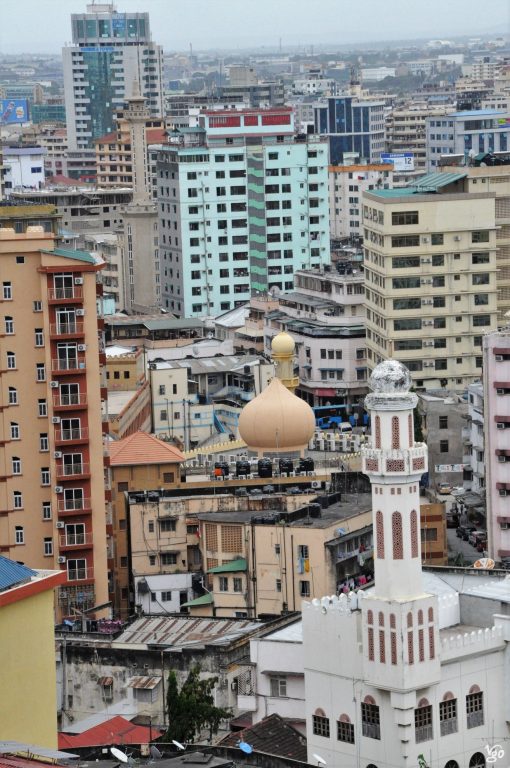
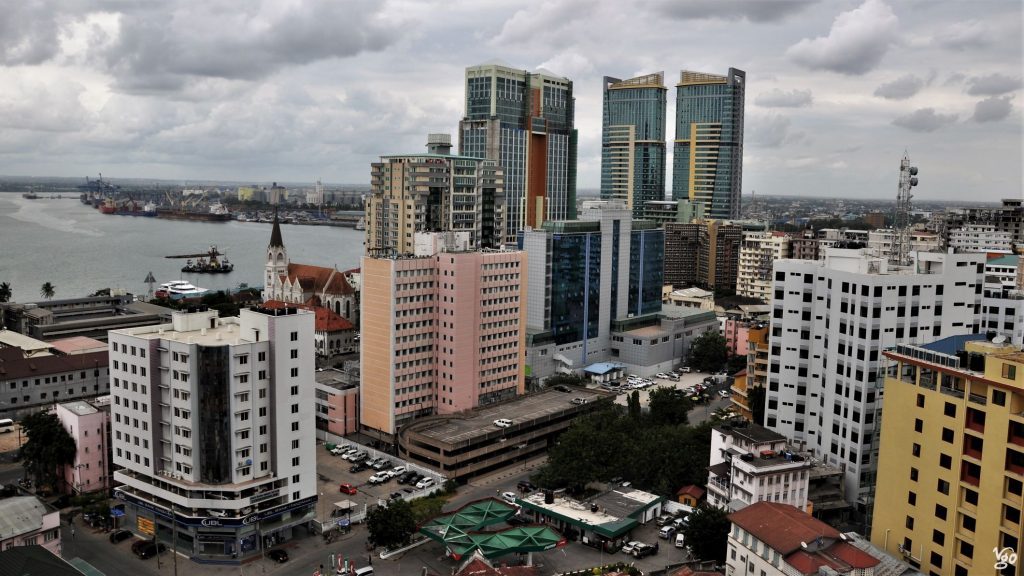
This time round I also remembered that the first African I ever talked to was from Tanzania. I must have been in grade 11 or so, ca 1987, and our class was chosen to meet with a group of Tanzanians who spent some time in East Germany studying at one of our communist-party high schools. I entered the conversation with with him the way we’d been raised re Africa: they’re here the GDR (or Europe for that matter) to learn from us. Well, this guy, a twenty-something at the time, told me about his uncle at the UN, his own studies in the UK and so on and so forth. Seeing that I as an East German was not allowed to travel much, certainly not to Western countries, it dawned on me that there was something very wrong with my (our) assumptions about who could learn from whom in this setting. So he told me a lot of things that only went to show how limited my access to the world was. I now believe that an important cornerstone for my very own approach to “Africa” was laid there and then. And whenever I tell Tanzanians about it, something in our interaction becomes even more relaxed, and we get closer still.
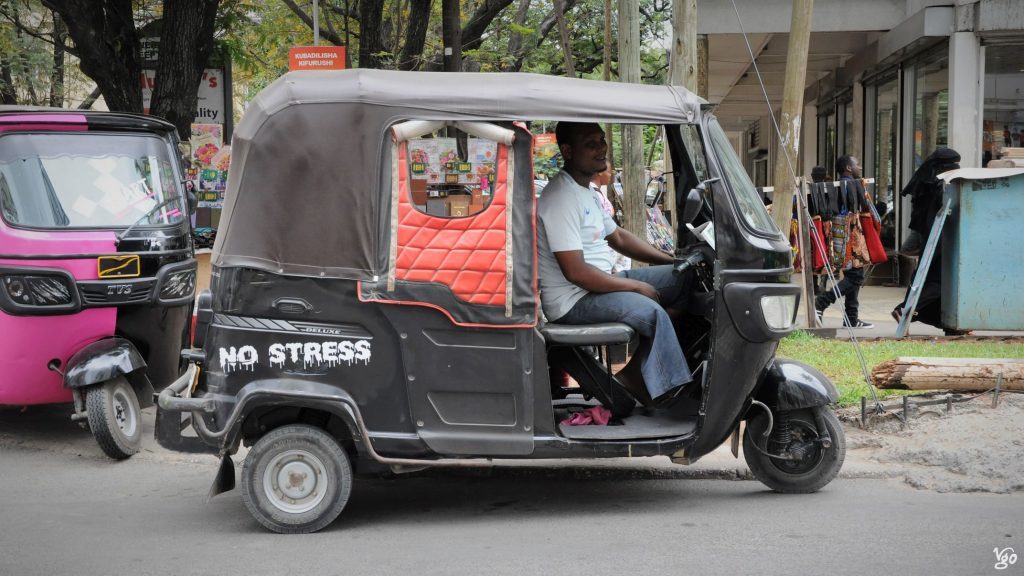
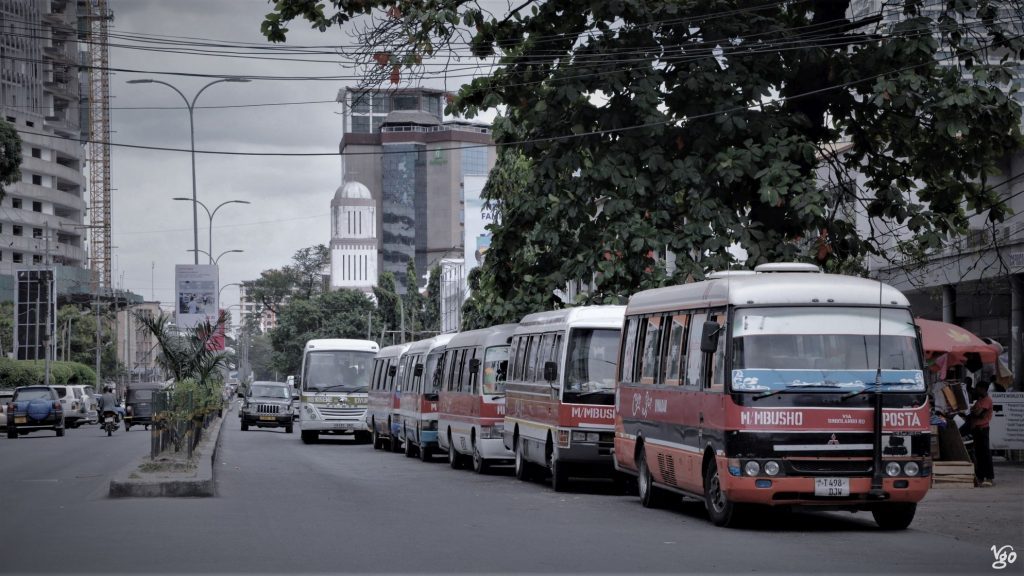
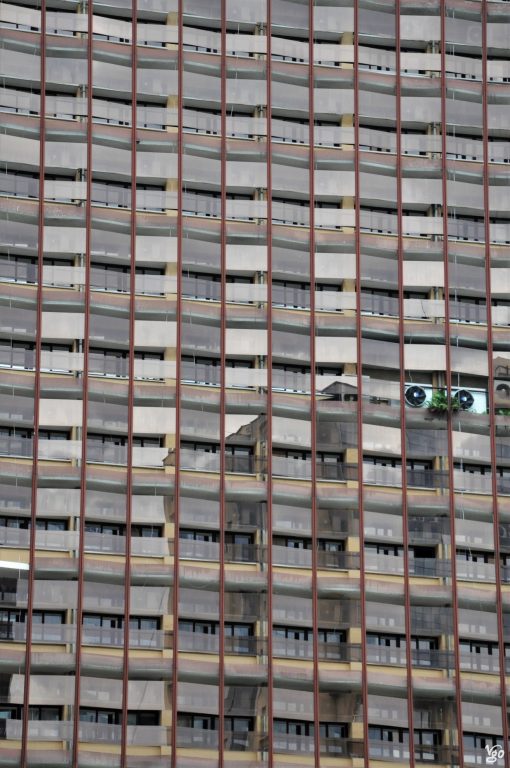
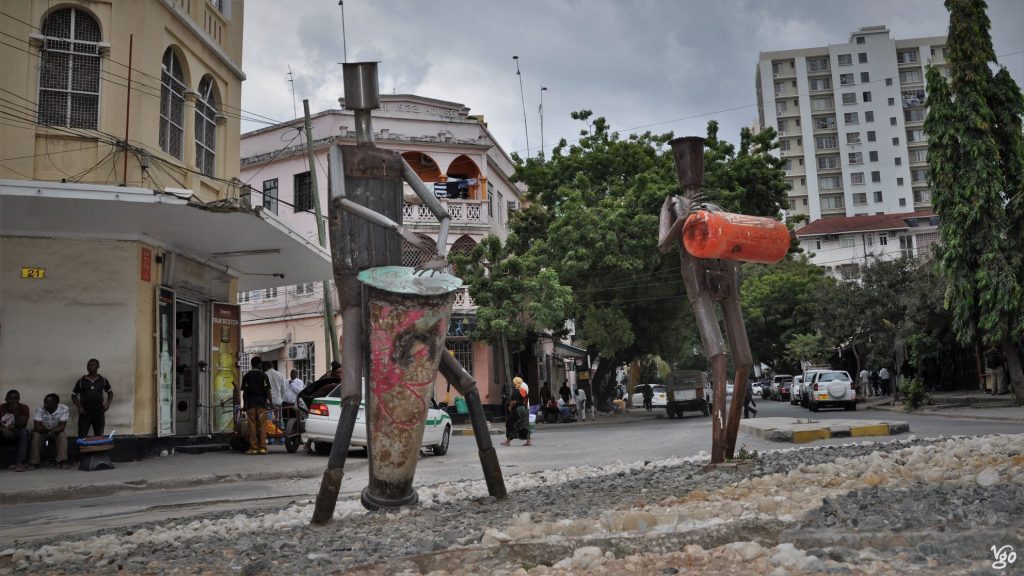
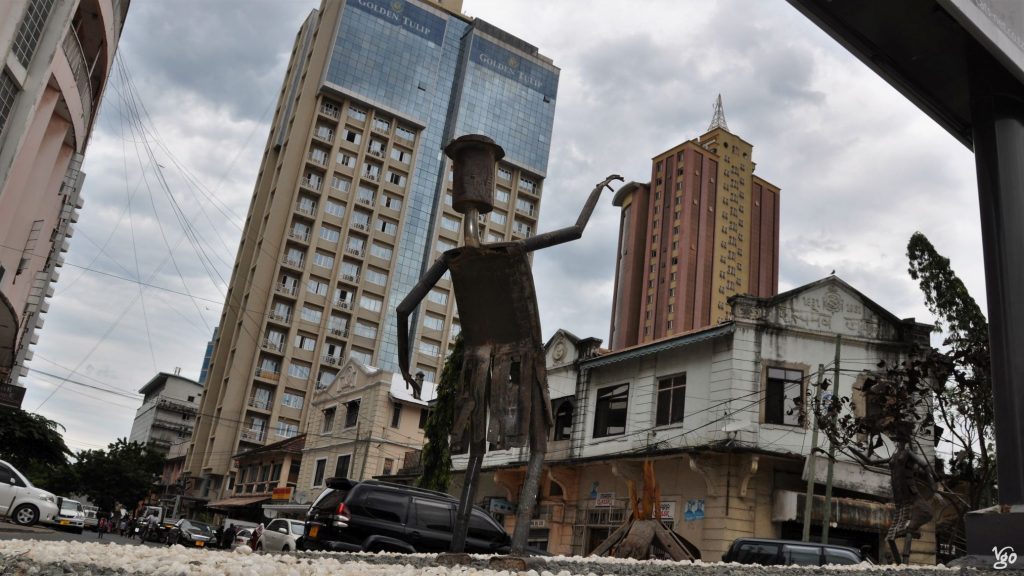
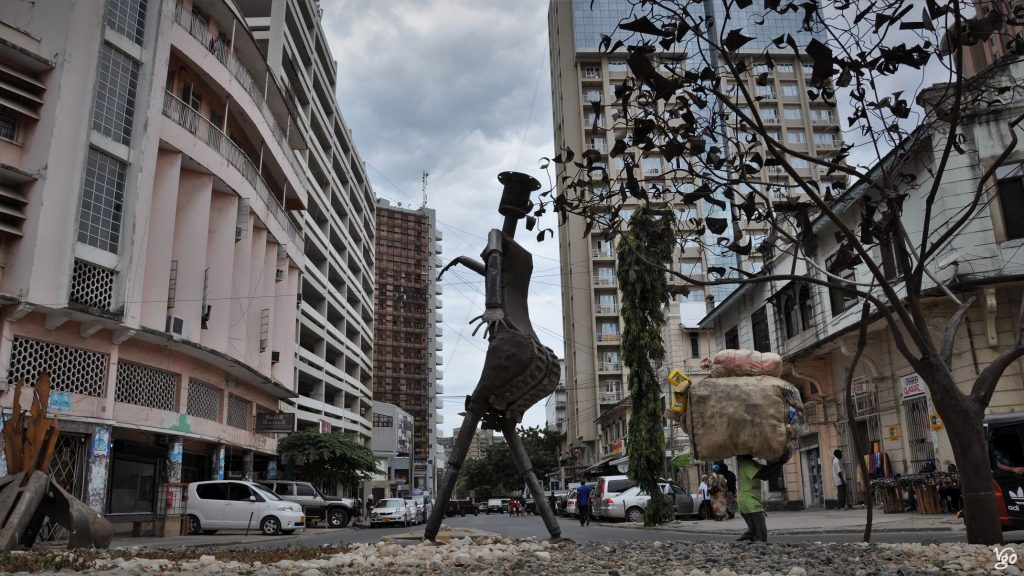
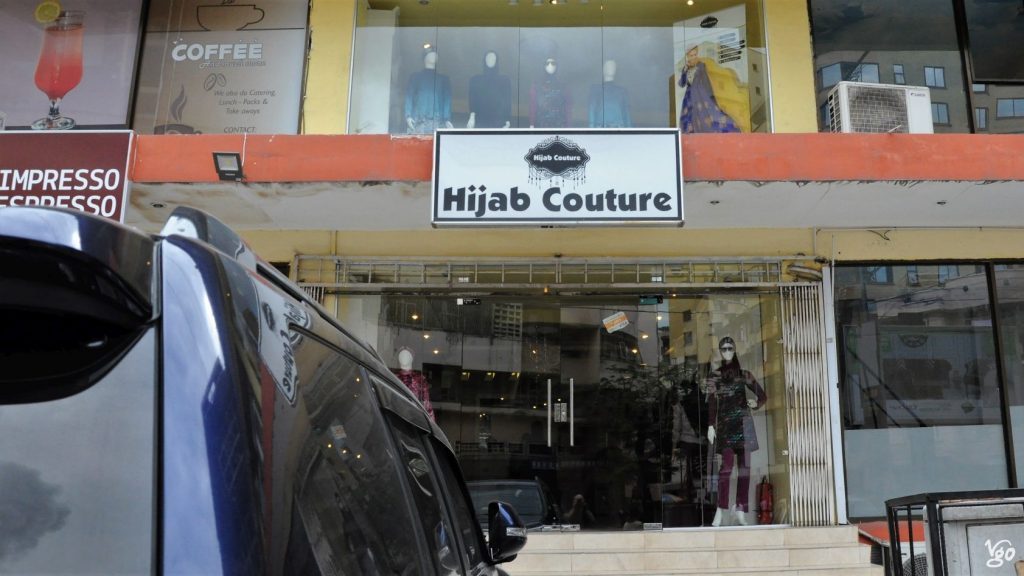
Eventually I made it to the National Museum, and bumped into a choir rehearsal.
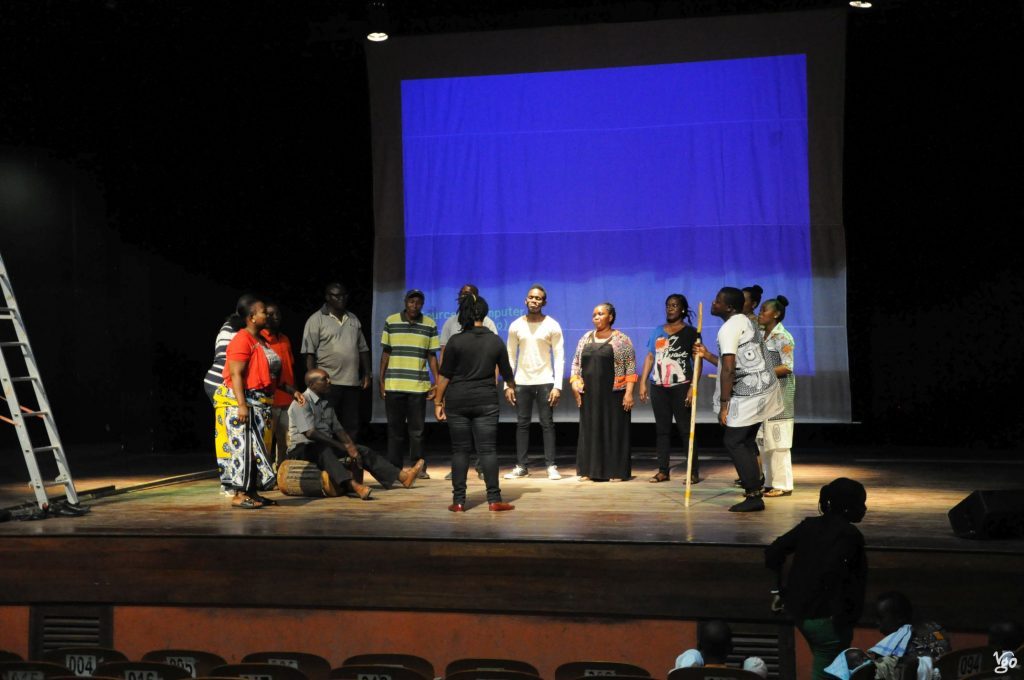
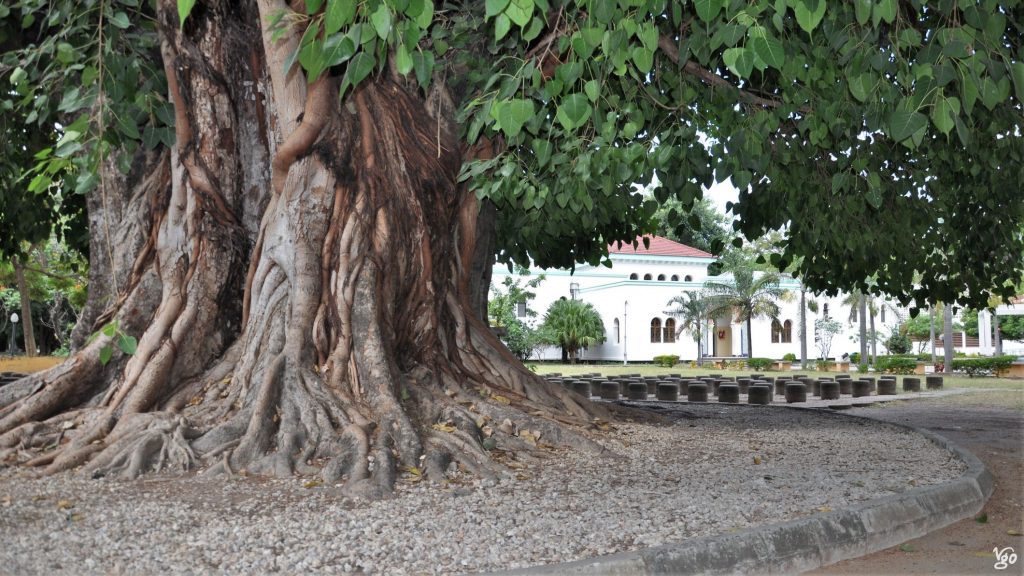
sacred fig tree
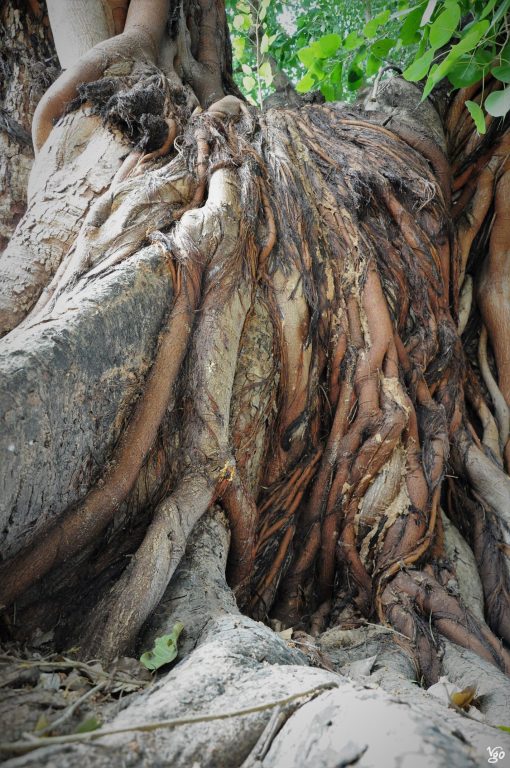
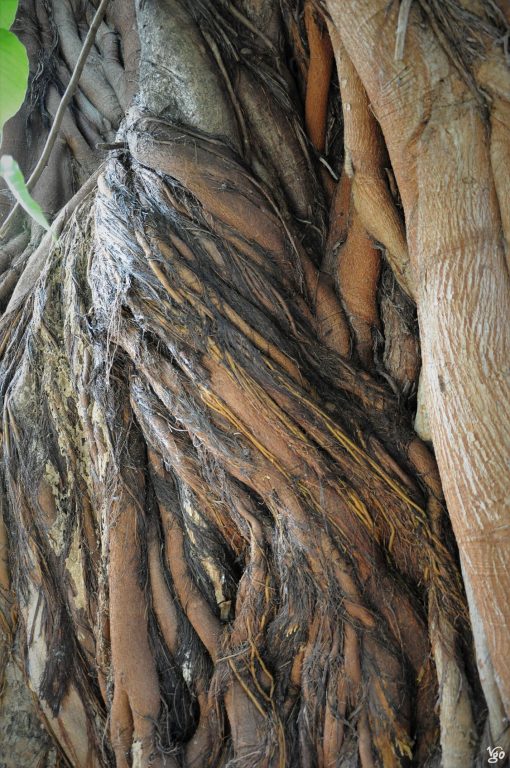
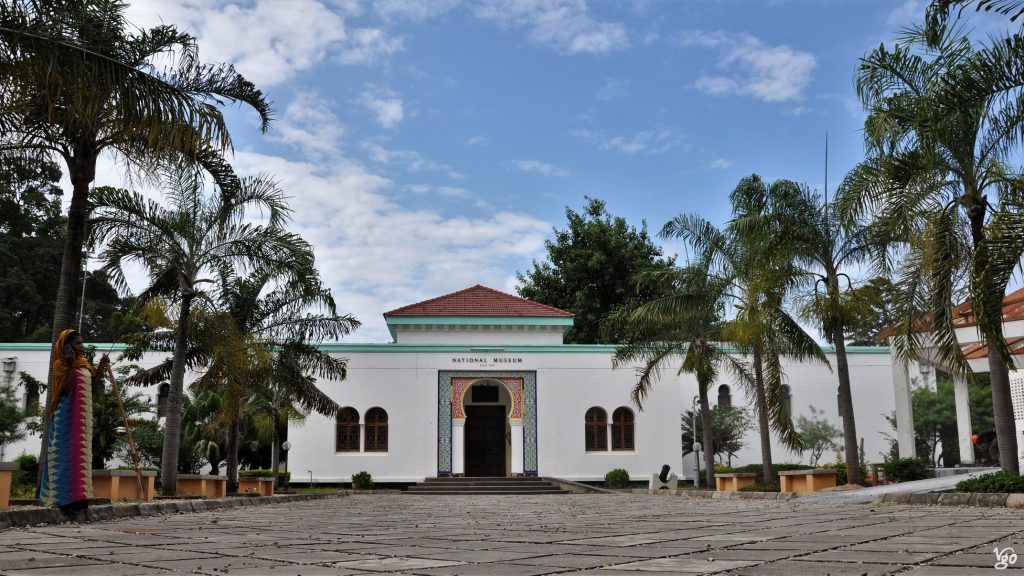 Some of the Rolls Royce used by Nyerere on official missions.
Some of the Rolls Royce used by Nyerere on official missions. 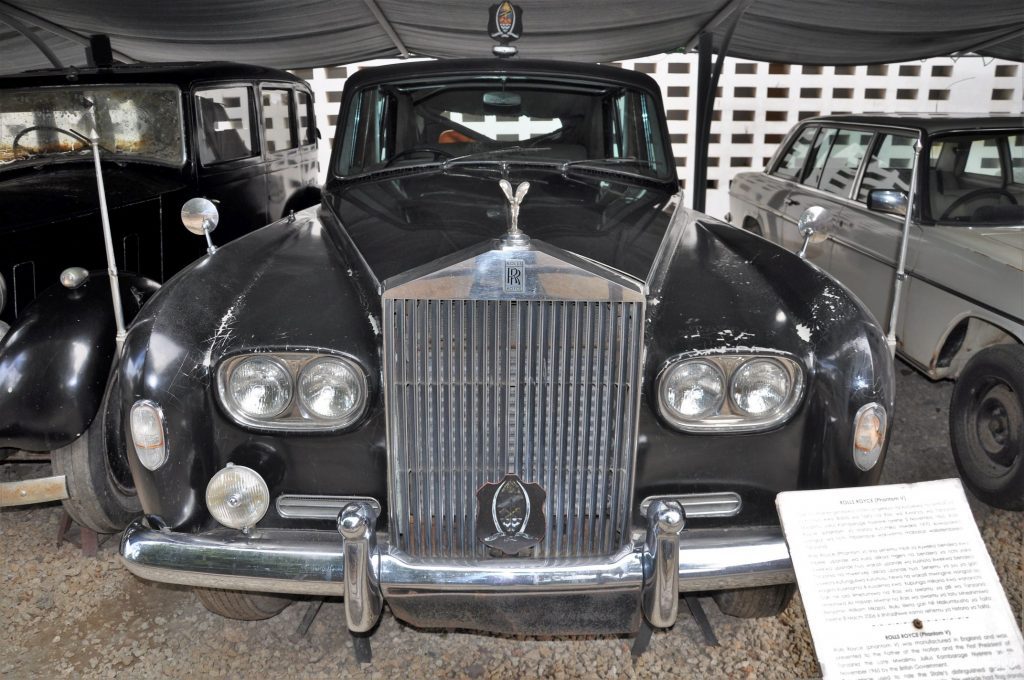
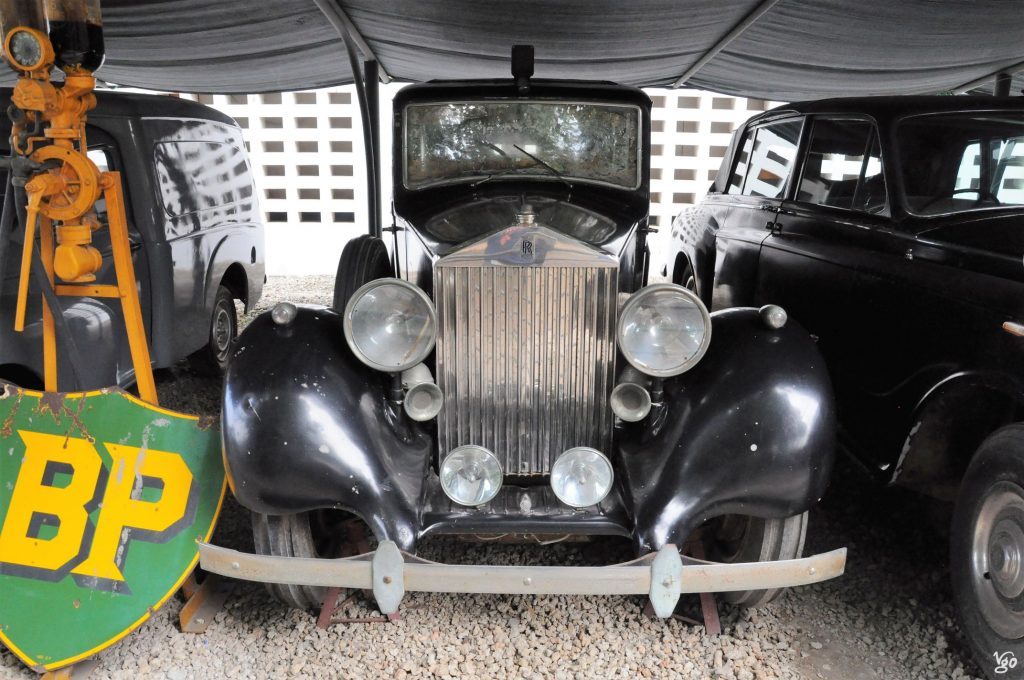
What I loved about their exhibition is how they blend so-called “traditional”art and artsy art – for the former my uni sends ethnographers, after some mysterious a priori distinction made between these products of human creativity. I find it more and more difficult to follow such reasonig or bullshitting, I don’t know (and don’t care much) which it is.
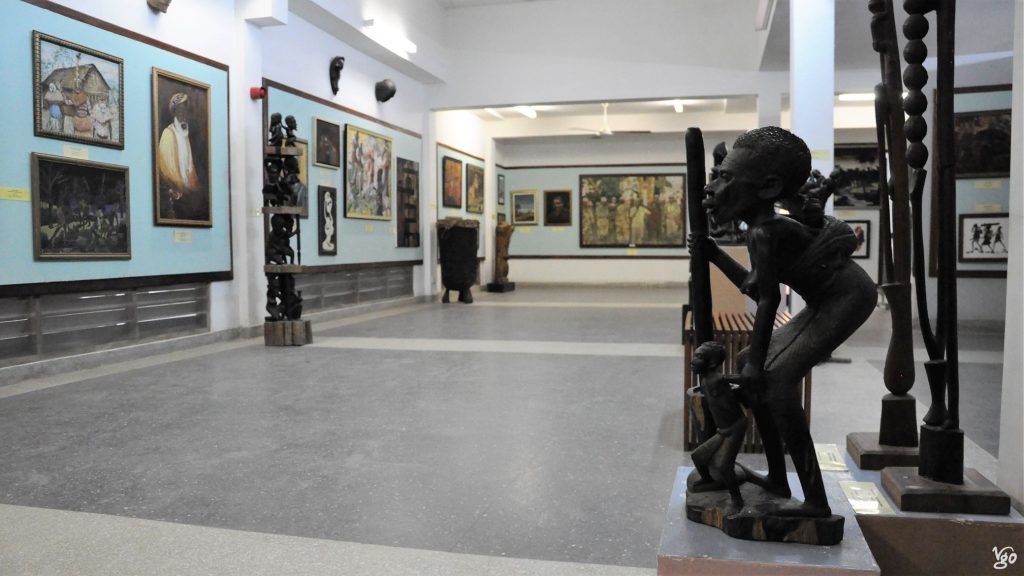
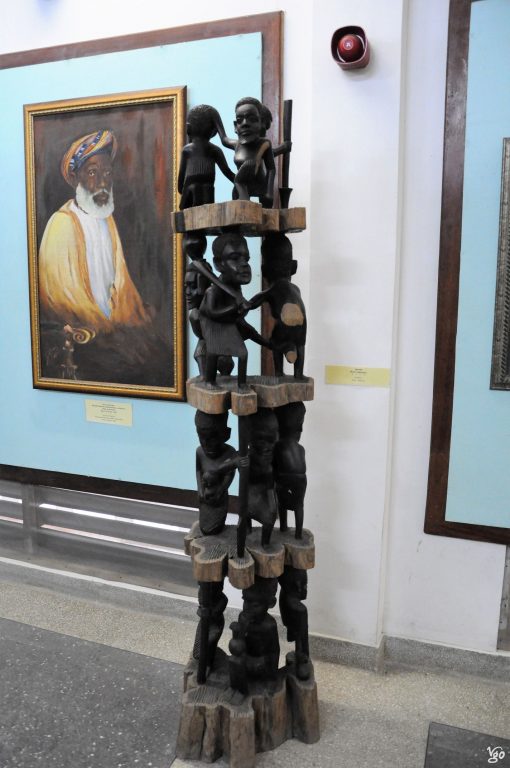
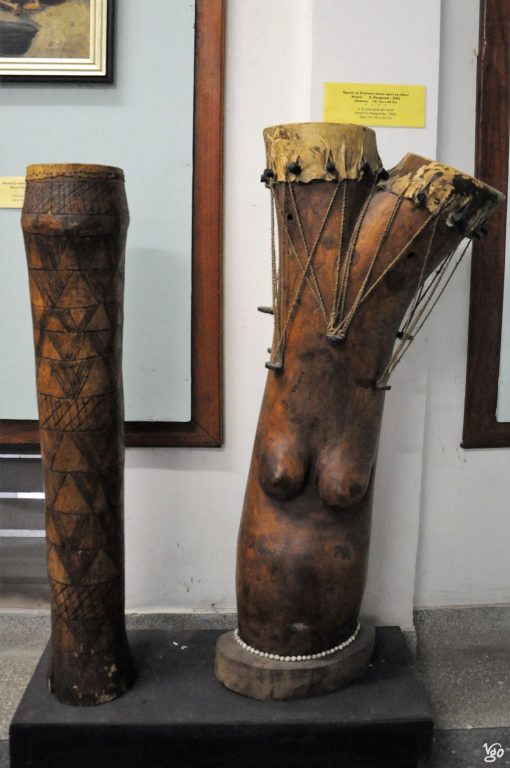
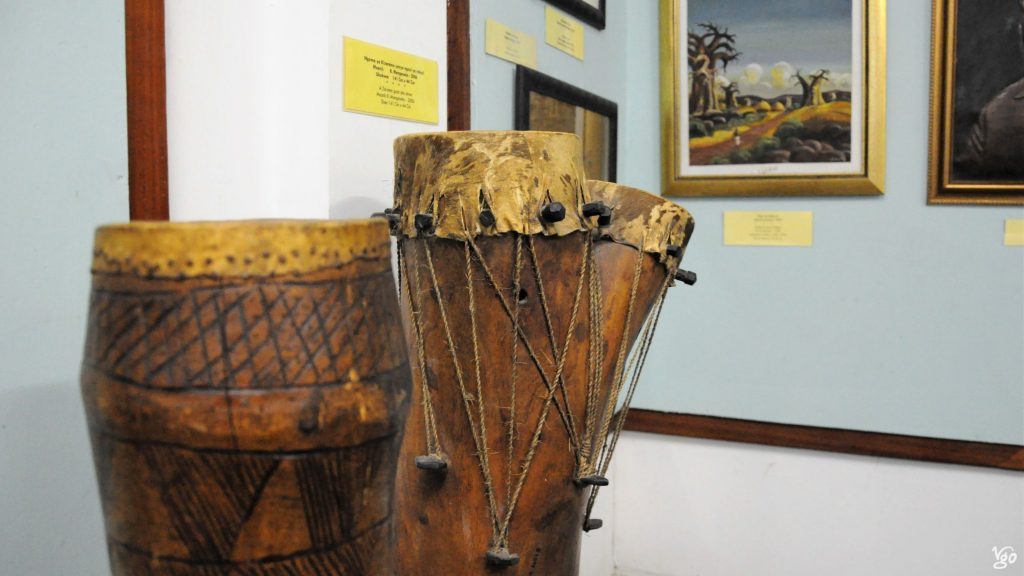
The museum also has a section on human evolution, including the Laetoli footprints of early hominids.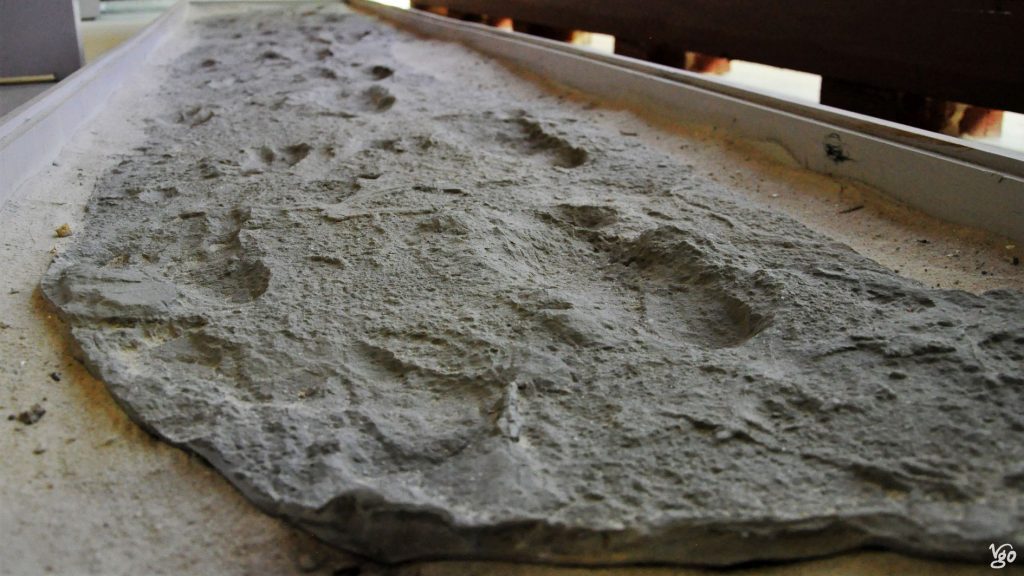 Well, and here’s my encounter with German colonial past, later to be intensified in Bagamoyo.
Well, and here’s my encounter with German colonial past, later to be intensified in Bagamoyo. 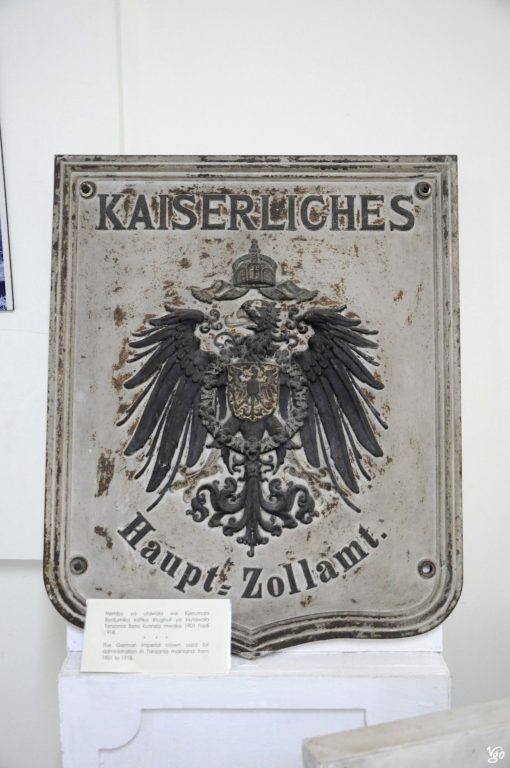
… and naturally a section on Livingstone.
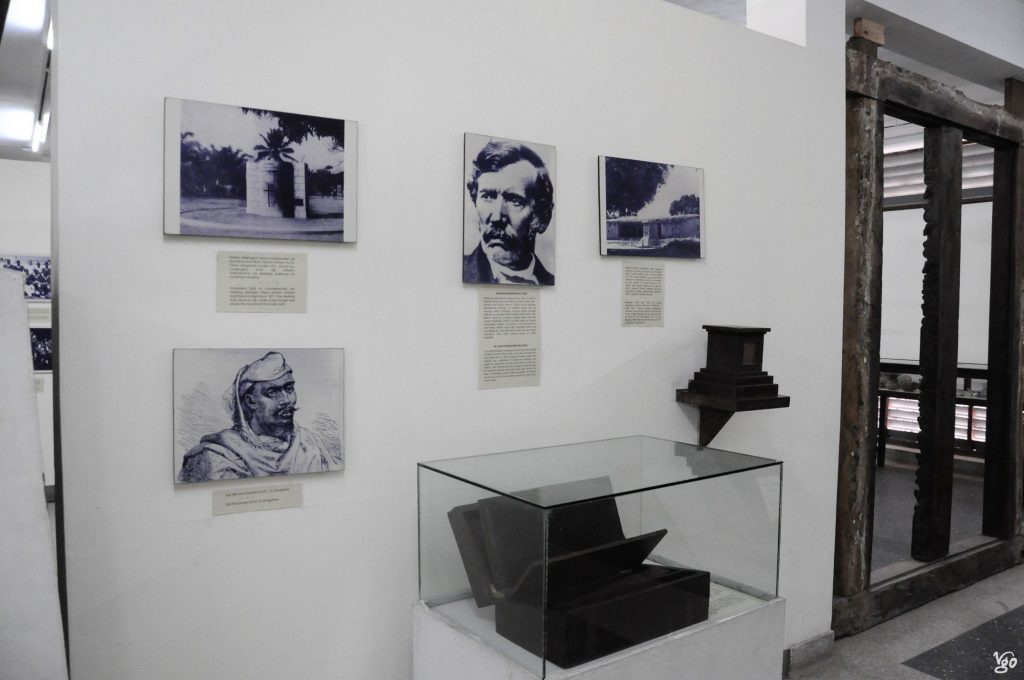

More pics
